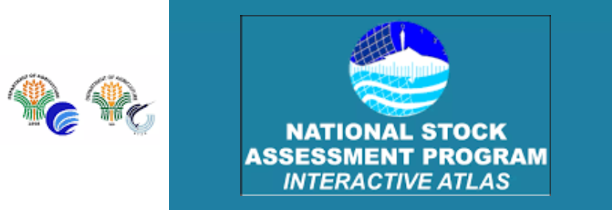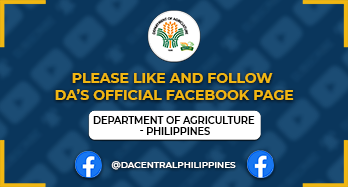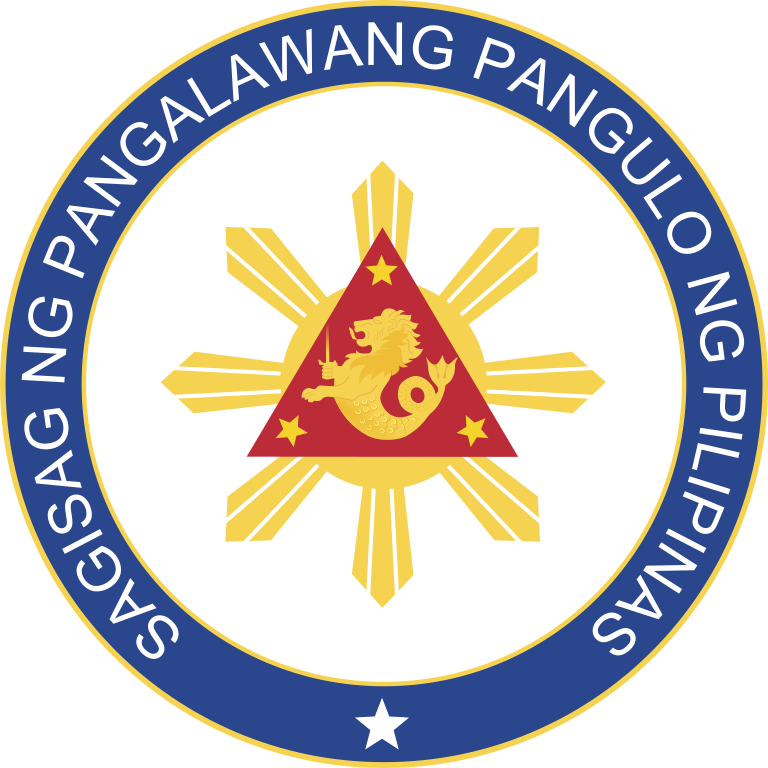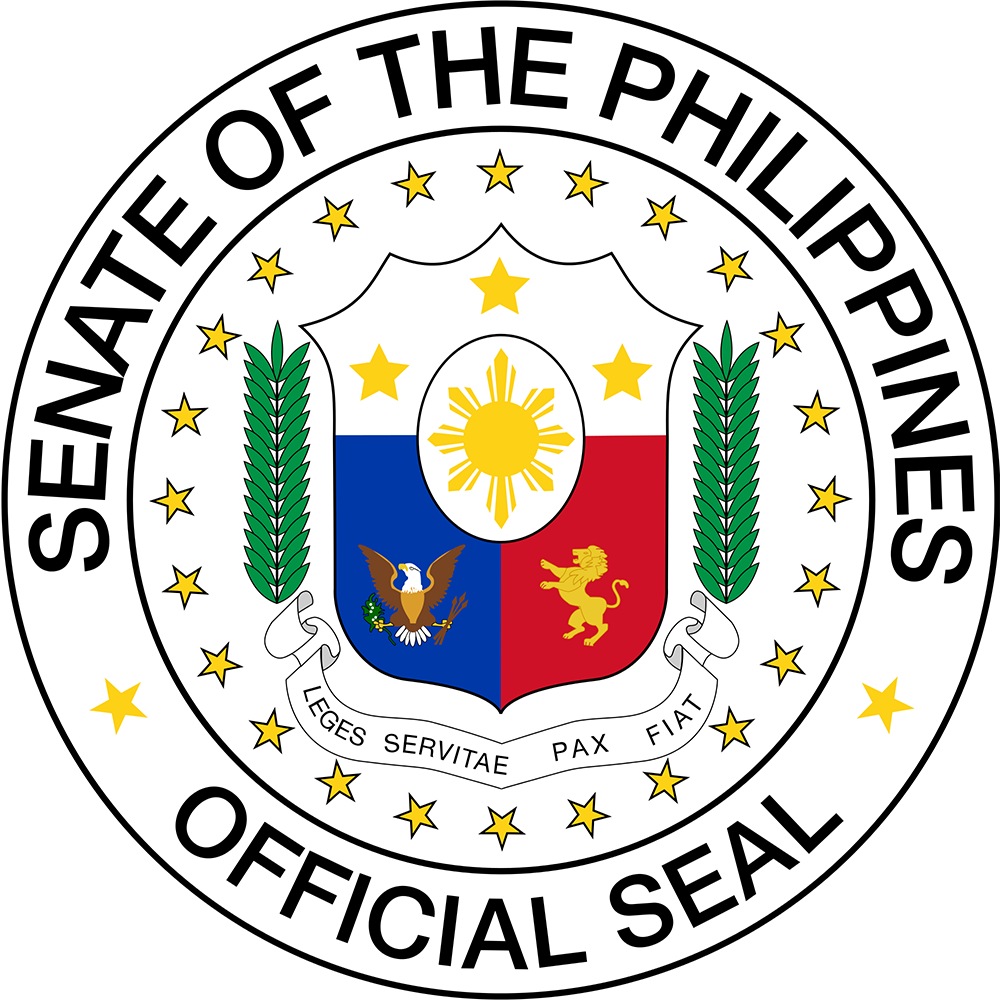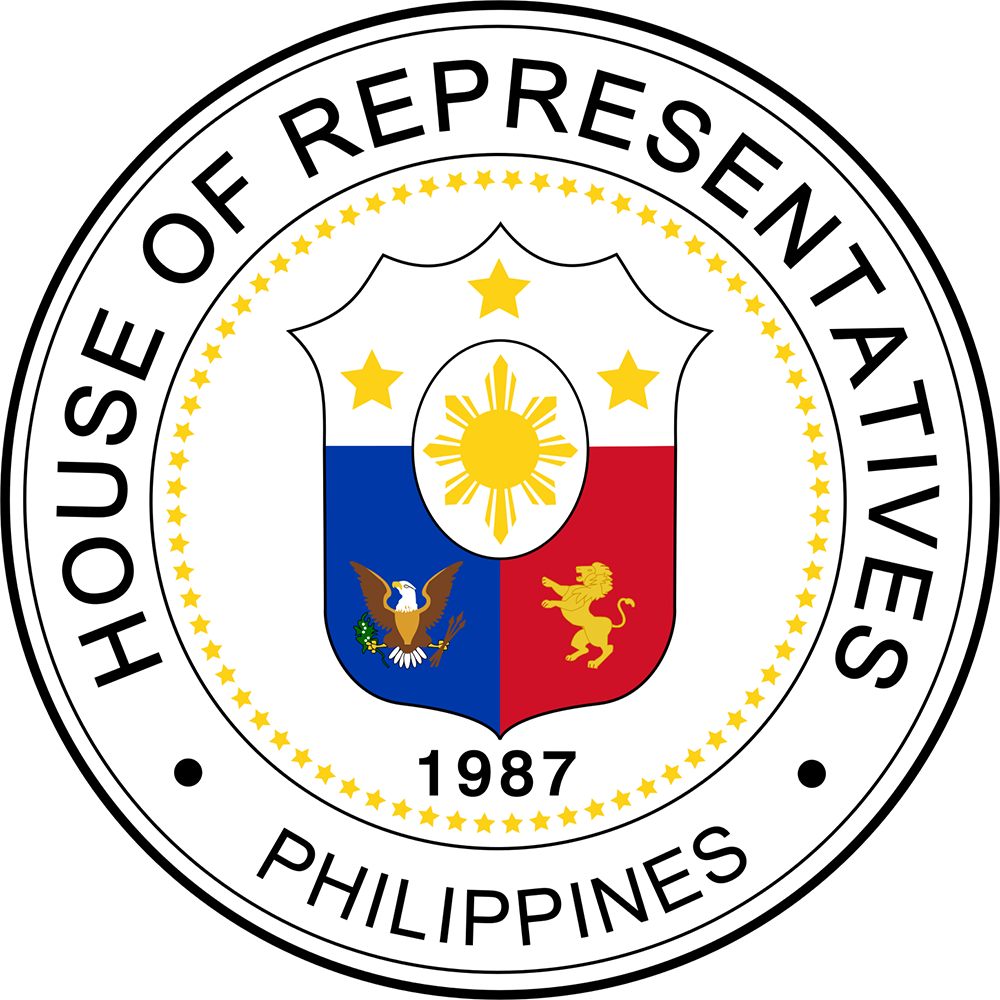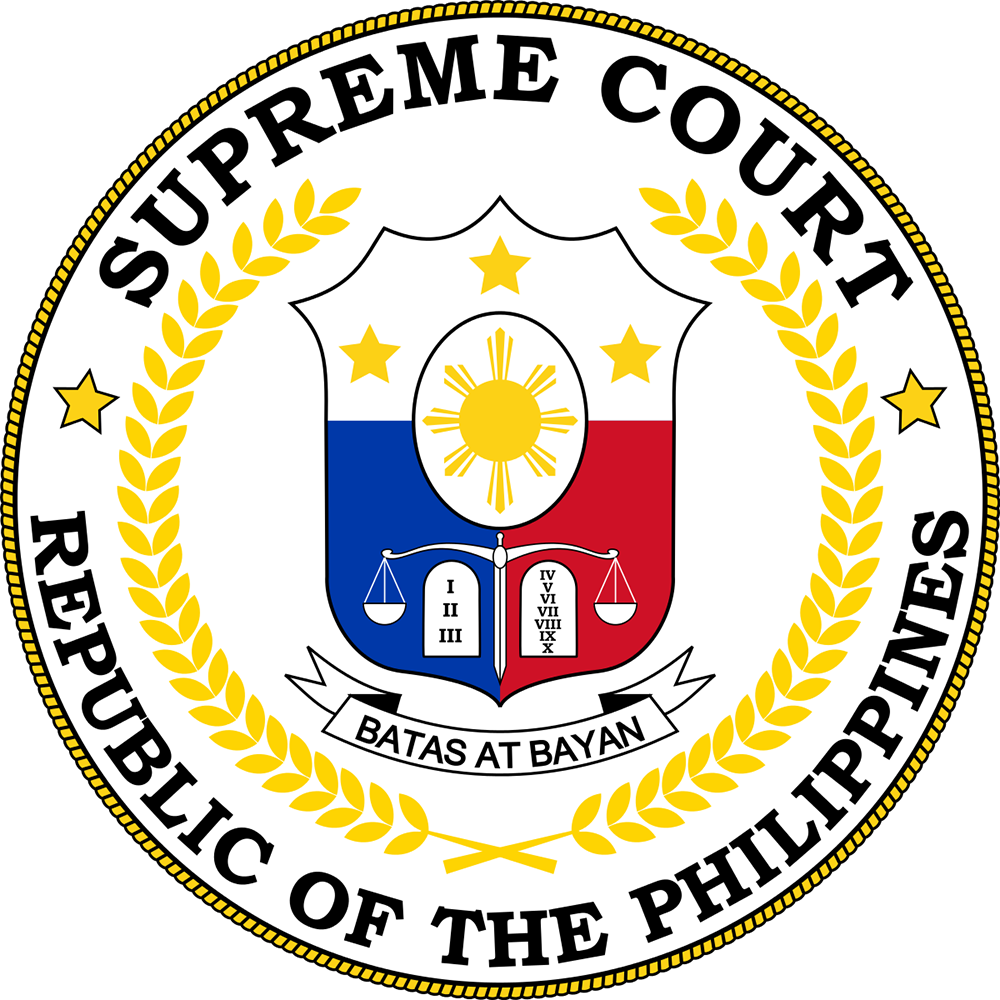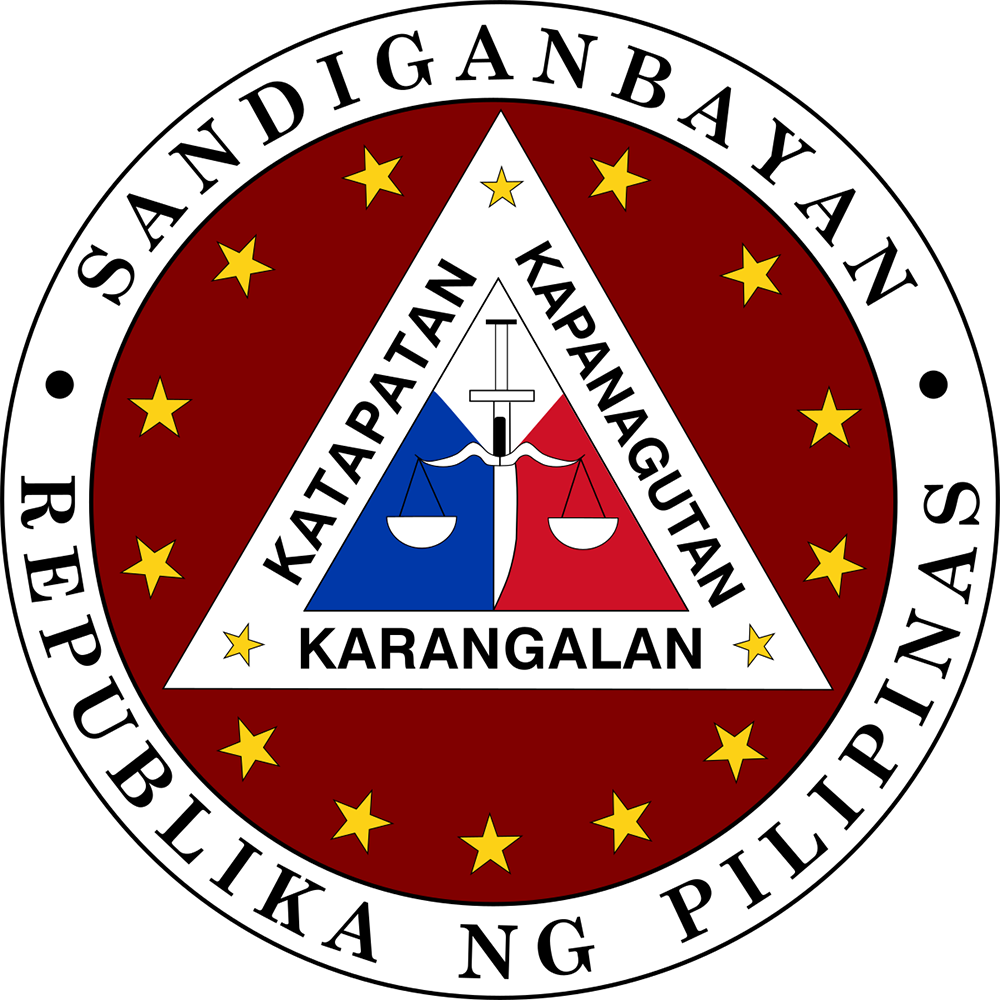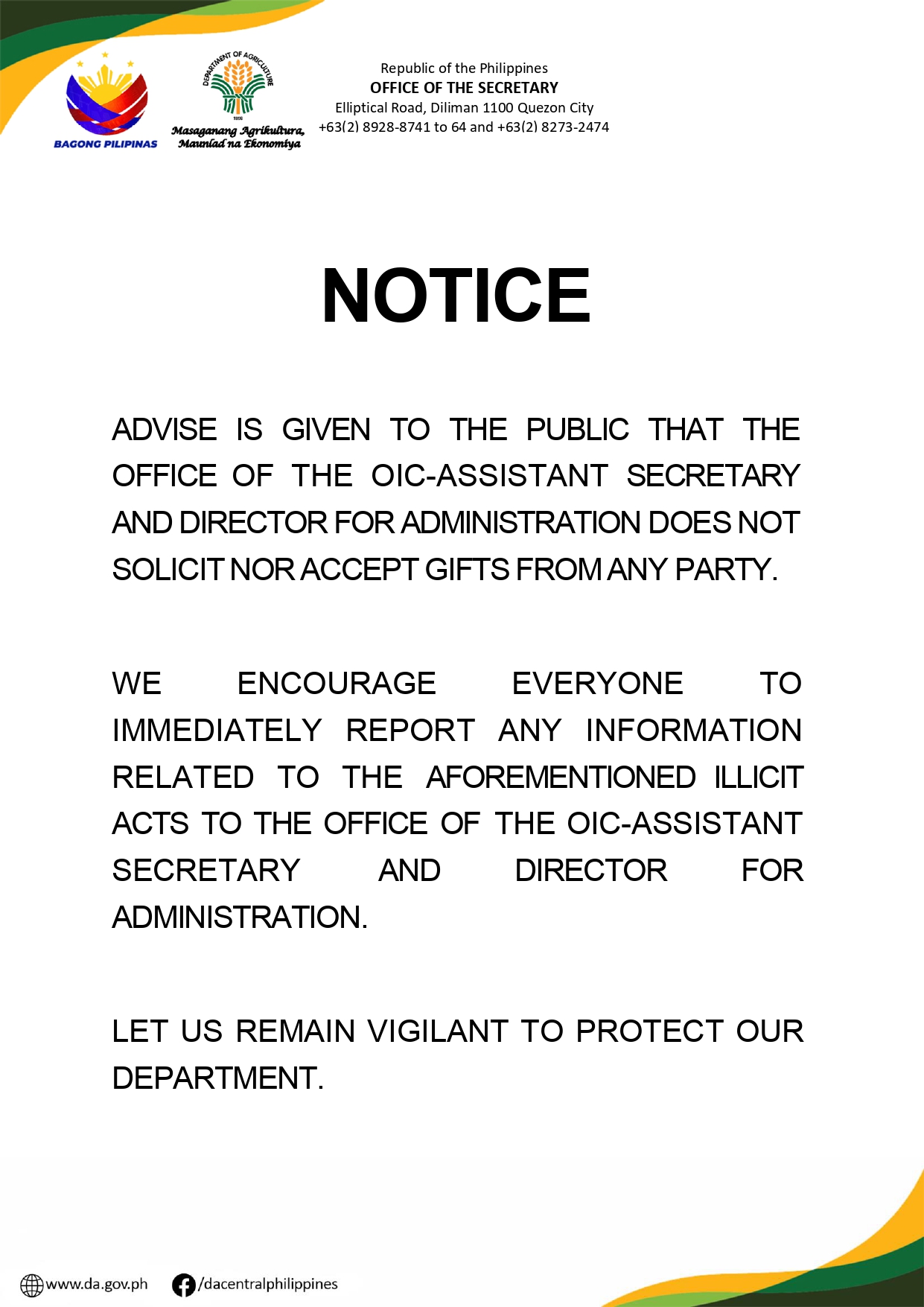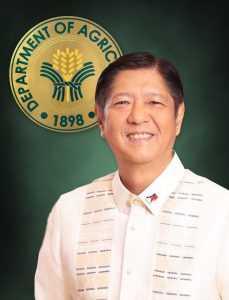 As the country’s 17th President, President Ferdinand Romualdez Marcos, Jr. made the unprecedented decision of designating himself as the concurrent head of the Department of Agriculture amidst the looming global food crisis. In his inaugural message on June 30, the President noted that the country’s agriculture sector “cries for urgent attention” after years of neglect and misdirection.
As the country’s 17th President, President Ferdinand Romualdez Marcos, Jr. made the unprecedented decision of designating himself as the concurrent head of the Department of Agriculture amidst the looming global food crisis. In his inaugural message on June 30, the President noted that the country’s agriculture sector “cries for urgent attention” after years of neglect and misdirection.
His plan of action for the short-term is to increase the yield of the country’s main staple and provide support to those in need of government assistance. Over the long-term, he is pushing for multi-year planning focused on the restructuring of the food value chain from research to development to retail. With the support of the DA family, the Department under Marcos’ leadership will work fast and efficiently to surmount the numerous challenges that threaten the country’s food supply and stymied the growth of the farm sector for decades.
First Philippine Republic, American Regime
The Department of Agriculture and Manufacturing was formed 11 days after the proclamation of the Philippine Independence on June 12, 1898. The Department was one of the first agencies that President Emilio Aguinaldo formed.
The Department was then headed by three directors, Jose Alejandrino (1898-1899), Graciano Gonzaga, and Leon Ma. Guerrero, during the latter part of 1899.
In 1901 during the American colonial period, the Department was renamed Insular Bureau of Agriculture under the Department of Interior and was headed by Americans, Frank Lamson-Scribner (1902), W.C. Welborn (1904), and Dr. George Nesom (1907).
In 1910, the Bureau, under the supervision of the Department of Public Instruction, was headed by Frederick Taylor (1911-1914) and Harry Edwards (1914-1916).
In 1917, the Department of Agriculture and Natural Resources (DANR) took over the functions of the bureau and was led by Secretaries Galicano Apacible (1917-1921), Rafael Corpuz (1921-1923), and Silverio Apostol (1923-1928).

(1917-1921)

(1921-1923)

(1923-1928)
During the administration of Secretary Rafael Alunan, Sr. (1928-1932), the DANR became the Department of Agriculture and Commerce. The Bureau of Agriculture was split into two bureaus, the Plant Industry and the Animal Industry.
The following year, the Fish and Game Administration and the Fiber Inspection Service were established under the leadership of Secretary Vicente Singson Encarnacion (1933-1934).
From 1934-1938, Eulogio Rodriguez, Sr. was appointed Secretary who was replaced by Secretary Benigno S. Aquino, Sr. until 1941. During Aquino’s term, the Fish and Game Administration was restructured and the Division of Soil Survey was created.
With the outbreak of World War II in the Pacific, President Manuel Quezon re-appointed Secretary Rafael Alunan, Sr. (1941-1942) as Secretary of Agriculture and Commerce.

(1928-1932)

(1933-1934)

(1934-1938)
Postwar Period

Mariano Garchitorena
(1946-1948)
After the country’s Liberation from the Japanese on July 4, 1945, the government rebuilt the country and reconstituted the agencies including the Department of Agriculture and Commerce (DAC). With the resumption of the Commonwealth Government, President Sergio Osmeña reappointed Vicente Singson Encarnacion as Secretary of the DAC. Thereafter, Mariano Garchitorena (1946-1948) was appointed by President Manuel Roxas.
In 1947, the Department was named again as the Department of Agriculture and Natural Resources (DANR). In September 1948, President Elpidio Quirino appointed Placido L. Mapa as its Secretary.

Placido L. Mapa
(1948-1949)
Two years later (1950), Vice President Fernando Lopez served concurrently as the DANR chief. During his term, the Bureau of Agricultural Extension (now Agricultural Training Institute) was established, along with the organization of the 4-H Clubs and Rural Improvement Clubs (RICs) nationwide.
In 1953, President Quirino reappointed Placido L. Mapa to lead the Department. Under his tenure, the Rice Economic Board was set up, making the rice industry the first commodity to benefit from an integrated national planning.
Salvador Araneta (1953-1955) was later named as Secretary and three major agencies under the DANR were created, namely: Agricultural Tenancy Commission, precursor of the Department of Agrarian Reform; Philippine Tobacco Administration, forerunner of the National Tobacco Administration; and Philippine Coconut Administration (now known as Philippine Coconut Authority).

Salvador Araneta
(1953-1955)
During the latter part of his term, President Magsaysay appointed Juan G. Rodriguez (1955-1960) as DANR chief, whose term was highlighted by several milestones: the Philippines became a member of the United Nations Food and Agriculture Organization (FAO); launch of the National Rice and Corn Production Program; and creation of the Rice and Corn Coordinating Council, forerunner of the National Agricultural and Fishery Council (NAFC).
DA Moved to Quezon City
On September 14, 1959, the DANR offices moved from Manila (at Agrifina Circle) to Quezon City (along Elliptical Road in Diliman).
When Cesar Fortich became the DANR chief in 1961, the Abaca Development Board (forerunner of the Fiber Development Authority) was created. Jose Locsin, then concurrent Chairman of the National Economic Council, succeeded Fortich from September to December 1961.

Benjamin Gozon
(1962-1963)
In 1962, President Diosdado Macapagal appointed Benjamin M. Gozon as Secretary. During his term, two agencies were created: the Bureau of Agricultural Economics (forerunner of the Bureau of Agricultural Statistics); and the National Rice and Corn Administration or RCA (now known as the National Food Authority).
The following year, President Macapagal appointed RCA Administrator Jose Y. Feliciano as concurrent Secretary of Agriculture. Feliciano launched the Agricultural Marketing News Service that provided farmers and consumers prices of selected commodities regularly.

Arturo Tanco, Jr.
(1974-1984)
In 1965, President Ferdinand Marcos named Vice Pres. Lopez as Secretary, serving for the second time in a concurrent capacity. Considered as the “rice czar,” he successfully implemented a production program that enabled the Philippines to export rice for the first time in 1968.
During the early years of Martial Law, in May 1974, President Marcos reorganized and split the DANR into two agencies: Department of Agriculture (DA); and Department of Natural Resources (DNR). Arturo R. Tanco, Jr. was named DA Secretary.
DA Renamed as Ministry of Agriculture

Salvador H. Escudero III
(1984-1985)
Four years later, government departments were transformed into ministries with the country’s shift to parliamentary form of government.
With Tanco remaining at the helm of the Ministry of Agriculture (MA), the Masagana 99 rice production program was launched which made the country self-sufficient and a rice exporter. A similar program on corn also made the country self-sufficient in white corn. In June 1978, the MA established 12 regional offices nationwide.
Six years later, in June 1984, the agency was renamed Ministry of Agriculture and Food (MAF). The Bureau of Fisheries and Aquatic Resources was transferred from the Ministry of Natural Resources.
In 1984, under a parliamentary government, Assemblyman Salvador H. Escudero III — former Director of the Bureau of Animal Industry and MAF Deputy Minister — served as MAF Minister. Escudero implemented the Intensive Rice Production Program (IRPP), an import-substitution program, expanded government’s animal dispersal program, particularly the Bakahang Barangay (cattle raising the at village level) and Pagbababuyan (swine raising).
People Power, Renamed to DA

(1986-1987)

(1987-1990)

(1990-1991)

(1992-1996)
On February 1986, as a result of the ‘EDSA People Power Revolution,’ Corazon C. Aquino was catapulted as President. She named Ramon V. Mitra, Jr. as MAF Minister who implemented policy and institutional reforms that freed the agriculture markets, enabling farmers to enjoy higher farmgate prices.
In 1987, MAF Deputy Minister Carlos G. Dominguez was appointed to replace Mitra who opted to run for Representative of the second district of Palawan.
On January 30, 1987, President Aquino signed and issued Executive Order No. 116, which renamed and reorganized the MAF into the Department of Agriculture.
Under DA, Dominguez introduced reforms in the rural credit system and established the Comprehensive Agricultural Loan Fund (CALF). In 1988, he also launched the Livelihood Enhancement for Agricultural Development (LEAD) program to speed up farmers’ organizations access to financing, management expertise, and marketing. Agriculture and Fishery Councils (AFCs) were set up at the sectoral, regional, provincial and municipal levels to provide inputs on major programs and policy decisions and help plan and monitor DA projects. Senen C. Bacani, appointed in January 1990, implemented the Rice Action Program (RAP) and Corn Production Enhancement Program (CPEP).
President Aquino appointed Senen Bacani as Secretary in 1990-1991. His leadership enabled the private sector to take the lead in further developing fresh fruits business in the resource-rich Mindanao.
In 1992, President Fidel V. Ramos named Roberto S. Sebastian as DA chief who introduced the Key Production Approach (KPA) which became the basis of the Medium-Term Agricultural Development Plan (MTADP).
In 1996, President Ramos appointed Dr. Salvador H. Escudero III as DA Secretary, for the second time. During his two-year tenure, he launched the Gintong Ani food production and security program.
Dar’s First Stint

William D. Dar
(1998-1999)
In July 1998, President Joseph Ejercito Estrada designated William D. Dar as Acting DA Secretary who introduced the Estrada administration’s 10-point agenda in agriculture and fisheries under the Agrikulturang Makamasa program.
In March 1999, President Estrada named former Senate President Edgardo J. Angara as DA Secretary who authored the Agriculture and Fisheries Modernization Act of 1997 or AFMA (Republic Act No. 8435). He put into motion the law’s vision of modernizing the country’s agriculture and fisheries sector.
Domingo F. Panganiban continued the implementation of AFMA as the government’s comprehensive framework and platform for rural development when he assumed office in January 2001.
A month later, he was replaced by Leonardo Q. Montemayor who implemented the AFMA with special emphasis on its social equity aspect. He launched the Ginintuang Masaganang Ani Countrywide Assistance for Rural Employment and Services (GMA-CARES).
Secretary Luis P. Lorenzo Jr., took the helm at the Department in December 2002 and spearheaded the launching of the Roll-On, Roll-Off (RORO) transport program. The hybridization programs of the Department were intensified and interventions were focused on the Mindanao regions.
Secretary Arthur C. Yap, appointed on August 23, 2004, continued to uphold the vision of agricultural modernization. During his first term, he unveiled the GMA Goal 1 (develop two million hectares of new lands for agribusiness to contribute two million to the 10 million jobs targeted by 2010) and GMA Goal 2 (make food plentiful while keeping the price of “wage goods” at low prices).
During Panganiban’s second term as Secretary, a total of 203,000 hectares of idle lands and 313,000 jobs were developed under Goal 1 and 10 Huwarang Palengke (outstanding markets) were identified under Goal 2.
When Yap returned to the DA in October, 2006, he implemented various projects and policies towards the attainment of food security and self-sufficiency. Upon Secretary Yap’s decision to run as Representative of the 3rd District of Bohol, Secretary Bernie Fondevilla took over in March 2010.





On June 30, 2010, President Benigno S. Aquino III appointed two-term congressman of Quezon and civil engineer by profession Proceso J. Alcala as Secretary. One of the principal authors of Republic Act 10068, or the Organic Agriculture Act of 2010, he also aimed to achieve self-sufficiency in rice during his term.
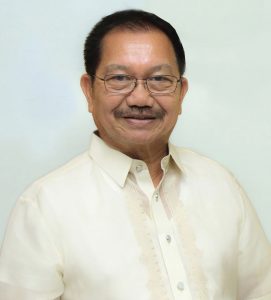 Emmanuel F. Piñol was appointed by President Rodrigo Duterte on July 1, 2016. He vowed to bring agriculture and fisheries program to basic by addressing food production and poverty. Under his watch, efforts were geared towards production and trade of staple food commodities to ensure food sufficiency and security; and high-value crops to generate jobs and foreign earnings.
Emmanuel F. Piñol was appointed by President Rodrigo Duterte on July 1, 2016. He vowed to bring agriculture and fisheries program to basic by addressing food production and poverty. Under his watch, efforts were geared towards production and trade of staple food commodities to ensure food sufficiency and security; and high-value crops to generate jobs and foreign earnings.
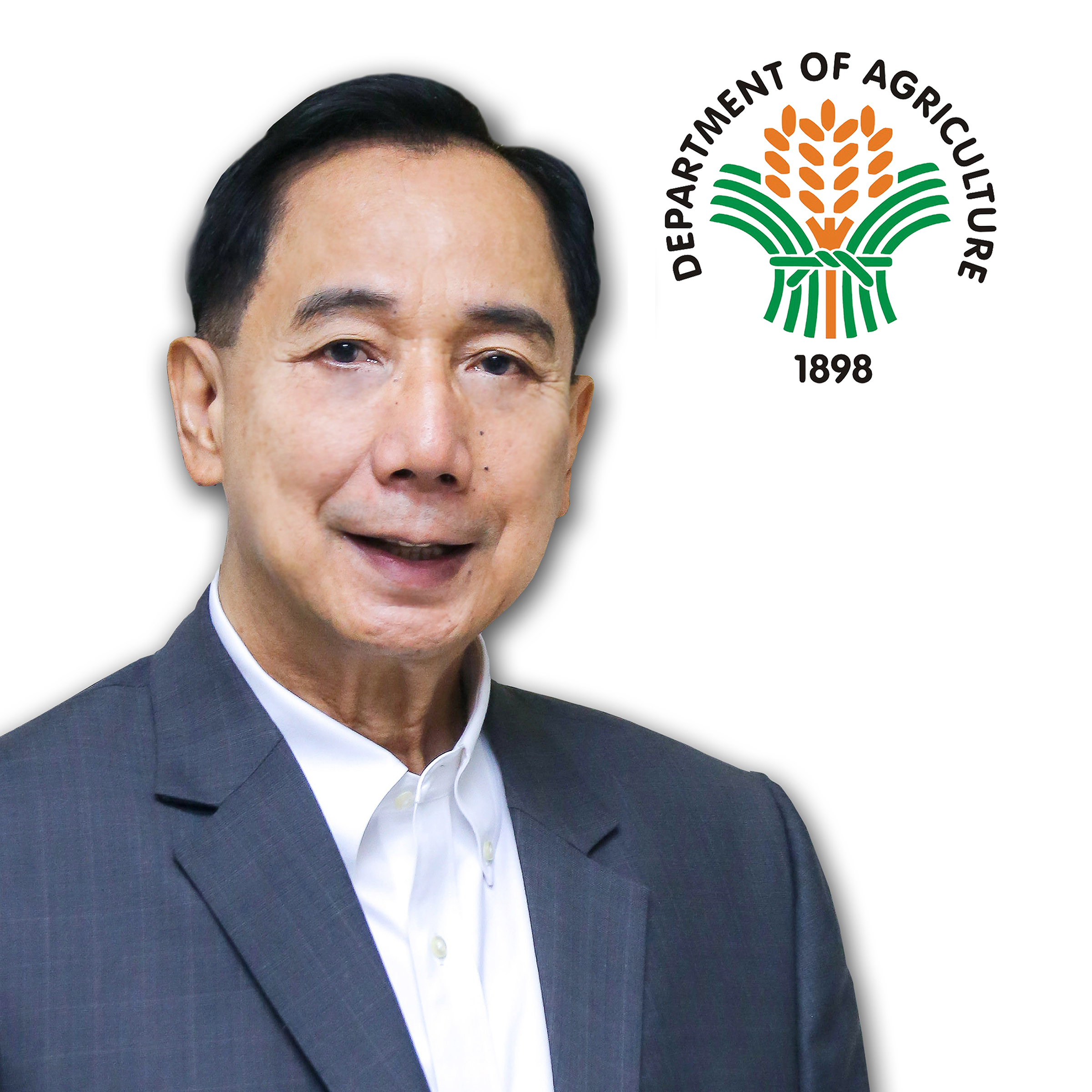
Dr. William D. Dar was called again to serve government as the Secretary of Agriculture on August 5, 2019, under the administration of President Rodrigo Roa Duterte. Upon his assumption to office, Dar introduced the “New Thinking for Agriculture” which is anchored on the vision: A food-secure Philippines with prosperous farmers and fisherfolk. The vision has over-arching twin goals of increasing productivity and making farmers and fishers prosperous or his term’s battlecry, “Masaganang Ani at Mataas na Kita”. With President Duterte’s marching order to arrest the anemic growth of the agriculture sector, which has barely grown in the past decade, at a rate of 1.1% annually, Dar targets the agriculture to grow at least 2%, from August 2019 to July 2020; and increase up to 2.5-3% in 2021; and 3-4% in 2022.

